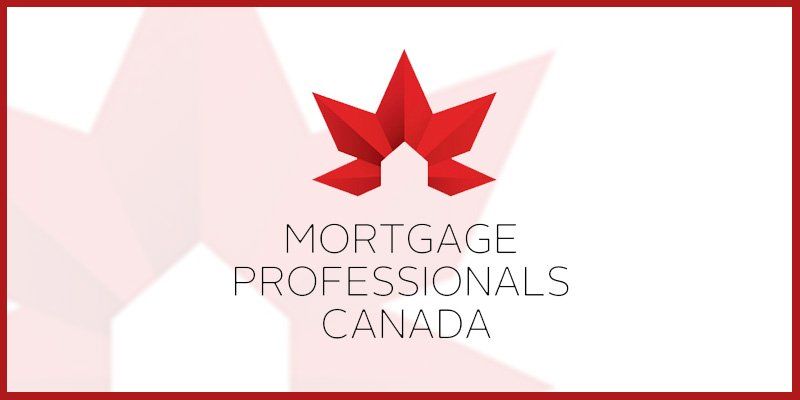Annual State of the Residential Mortgage Market in Canada December 2016
Every year, Mortgage Professionals Canada (Canada’s national mortgage broker association) releases a report called The Annual State of the Residential Mortgage Market in Canada. Prepared by MPC Chief Economist Will Dunning, the report is a collection of surveys that compiles data on mortgage transactions and consumer sentiment.
Below is the press release from Mortgage Professionals Canada with their highlights, along with a copy of this lengthy document. Expect to see some more highlights on the blog in the coming days! There is certainly a lot of great information in this report!
Rental Income and Housing Affordability Highlight a “New Normal” For Young Canadians in the Mortgage Market
Canadians who purchased their first home within the past two years reflect a “new normal” in the Canadian housing market, according to Mortgage Professionals Canada’s fall 2016 survey. Thirty-four per cent of recent first time buyers think it is important to generate income from their properties, and 13 per cent of those who undertook renovations on their homes did so to add space for a rental unit. Half of 18-34 year-olds do not own a home, primarily because they are saving for a down payment.
“Creating income remains a useful tool for first-time homebuyers,” said Paul Taylor, President of Mortgage Professionals Canada. “People are looking for ways to make owning a home more affordable. Generating income allows them to reduce their mortgage more quickly.”
Canadians responding to the survey underscore this point. For homes purchased during 2014 to 2016, the average contracted amortization period is 22.4 years. Each year more than a third of mortgage holders take actions that will shorten their amortization periods. The most recent buyers expect that, on average, they will repay their mortgages in 18.8 years, which is 3.6 years shorter than their average contracted period.
On October 3, the federal government announced that for all insured mortgages, the borrower’s ability to afford the payments must be tested using the “posted rate”, which is currently 4.64% and far above the actual interest rates found in the market.
“It is too soon to measure the impacts of this policy change,” said Will Dunning, Mortgage Professionals Canada Chief Economist and author of the Annual State of the Residential Mortgage Market in Canada report. “The survey finds that among potential homebuyers who expect to be subject to that test, their ability to buy a home will be impaired. As a result, they also expect that there will be negative impacts in the overall housing market and in the broader economy.”
Katherine Martin
Origin Mortgages
Phone: 1-604-454-0843
Email: kmartin@planmymortgage.ca
Fax: 1-604-454-0842
RECENT POSTS






